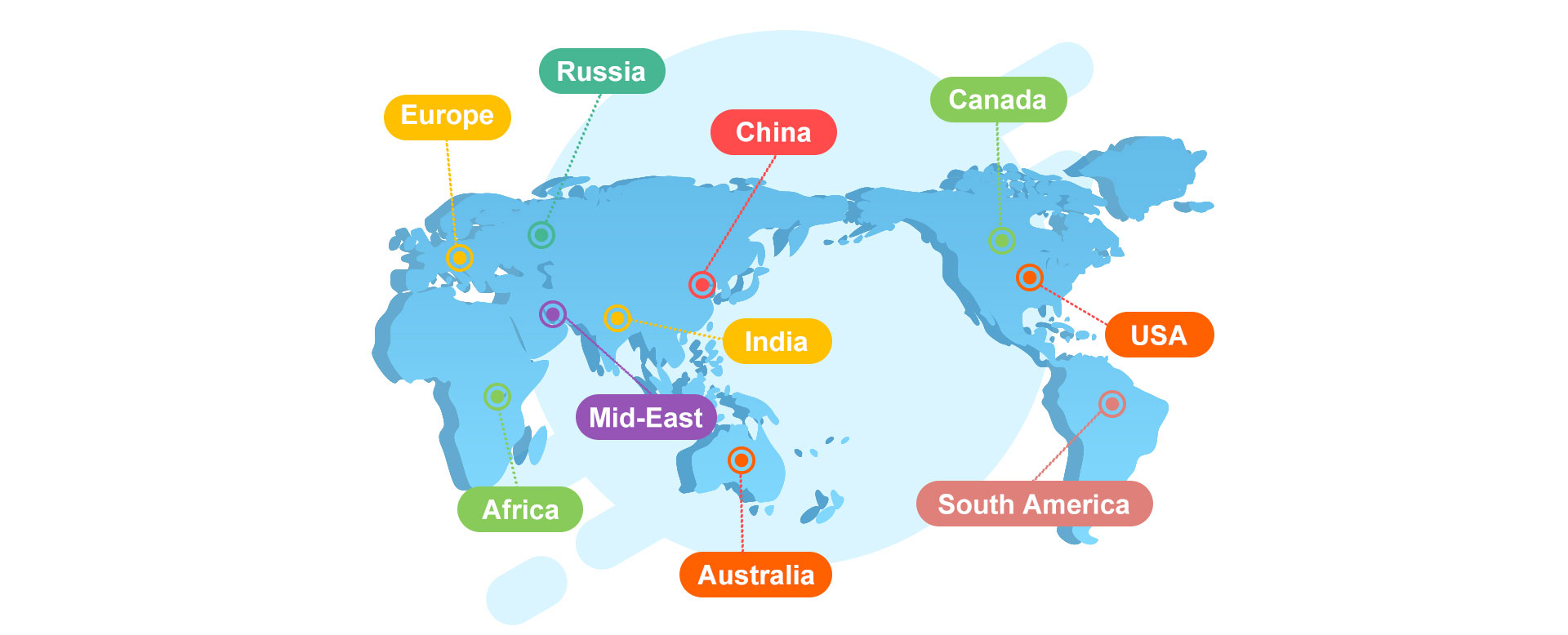Ski Resorts or Ice Skating Rinks: Which One Is More Profitable?
In the cold winter, skiing and skating are outdoor activities that many people like, and they are also two important components of the ice and snow sports industry. For investors, choosing to build a ski resort or an ice rink becomes a question worth considering. Let’s analyze it from different angles and see which one is more profitable.
1. Needs and Audiences
Ski resorts generally attract those interested in adventurous and challenging activities. This may include experienced skiers looking for more challenging slopes and snow. However, beginners may also be attracted, as skiing is a sport with a steep learning curve that requires constant practice.
The ice skating rink is more user-friendly and suitable for people of all ages, including beginners, families and those looking for a relaxing winter workout. Skating is a relatively accessible activity and therefore appeals to a wider audience.
2. Seasonal and climatic considerations
Ski area operations are often limited by temperatures and snowfall. Ski resorts can only operate normally during cold winters when there is enough snow. This makes ski resorts relatively seasonal and profitable only during the winter months.
In contrast, skating rinks have relatively low seasonality. As long as the temperature is cold enough and the water freezes, the skating rink can be open. Some indoor skating rinks can provide services throughout the year, mitigating the impact of seasonality.
3. Investment costs and facility construction
Building a ski resort requires a large amount of capital investment, including purchasing ski equipment, building slopes and ski resorts, hiring experienced coaches, etc. In addition, regular maintenance of facilities and management of the ski area need to be considered.
In comparison, the investment cost of building an ice rink is relatively low. Required infrastructure includes smooth ice surfaces, cooling systems and surrounding facilities. Moreover, some indoor skating rinks are not subject to temperature and weather restrictions, and facility construction is easier.
4. Market competition and geographical considerations
Ski resorts are often concentrated in mountainous or cold areas, which can lead to fierce competition in the market, especially in famous ski resorts. At the same time, the geographical limitations of ski areas may also limit the number of potential customers.
Skating rinks can be more flexible in terms of location and can be built in cities, rural areas or commercial centers. This diversity can reduce competitive pressure in the market and attract a wider range of customers.
In summary, the choice of building a ski or ice rink depends on several factors, including the investor’s budget, tolerance for seasonality, and market demand in the area. While ski resorts may appeal to more challenging sports enthusiasts, ice skating rinks offer certain advantages in terms of audience reach, investment cost and seasonality. The final decision should be made based on comprehensive market research and investment analysis.







